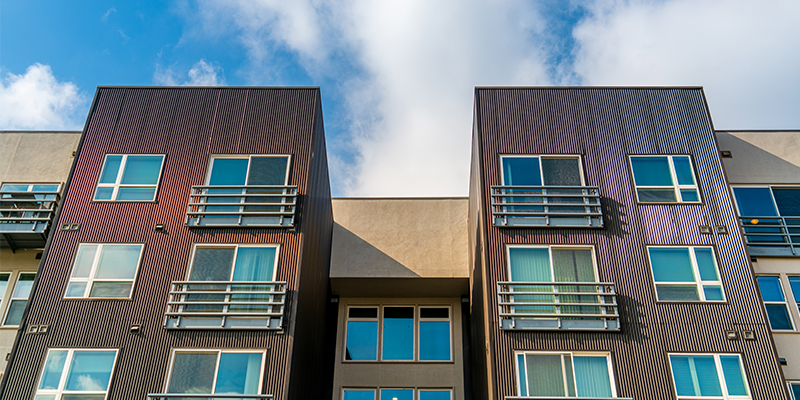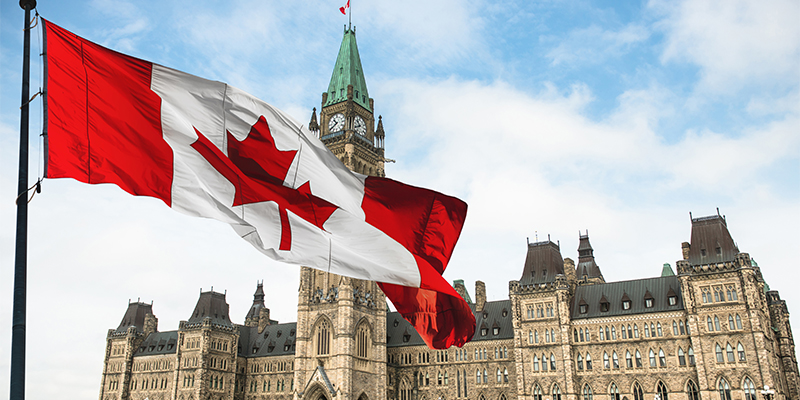Now that pandemic regulations have expired across the U.S., many companies are calling employees back to work. In the meantime, return-to-office techniques have changed dramatically in the last year, thereby ushering in a new era for the sector. In particular, the emergence of hybrid work arrangements has contributed to an increase in demand for high-quality office assets and has already widened the rate difference across classes in several markets.
Conversely, mid-tier office buildings have plenty of room for expansion in this new environment: For instance, Class B and C buildings can remain competitive with minor concessions and enhanced tenant improvement allowances, while conversions and redevelopments remain a lucrative alternative — especially for investors interested in constrained markets.
Tampa Rates Rise as New Construction Enters the Market
In February, the average full-service equivalent listing rate for office space in the top 50 U.S. cities was $38.62 per square foot, while office rates remained constant, increasing by 1.2% over the previous year.
When it comes to specific markets, Los Angeles office space ($41.62 per square foot) ranked first in terms of year-over-year growth, up 8.1% from February 2021. The San Fransisco Bay Area ($55.79 per square foot) and Tampa ($29.70 per square foot) tied for second place in terms of office rent increases, with both cities seeing a 6.2% rise compared to the previous year.
Granted, changes in the composition of stock can push up rents and vacancies without reflecting underlying market circumstances, as seen by listing rates for Tampa office space. For example, Water Street Tampa — a new, large, mixed-use development in the Florida market — is gradually coming online, adding 150,000 square feet of high-quality office space to stock. Here, office space at Thousand & One is marketed at $58 per square foot — much higher than the Tampa market average.
Vacancy Rate Remains Steady Nationally in February
Office vacancies averaged 15.7% in February, unchanged from the previous month and up 70 basis points (bps) over the previous year.
Last month, Boston had the tightest office market in the country, with an average vacancy rate of 10.5%. Similarly, Manhattan (13.1%), Miami (13.1%) and Los Angeles (13.3%) all had office vacancies in the low double digits.
At the same time, Phoenix office space saw the greatest decrease in vacancy (15.5%), down 280 basis points from February 2021. Miami’s office vacancy rate fell by 270 basis points — the second-largest decline year-over-year. Vacancies for office space in the Twin Cities came in third, down 200 basis points to 14.5%, on average.
$12 Billion in Office Transactions in First Two Months of Year
Through the end of February, a total of $12 billion in office sales had been reported, with an average sale price of $284 per square foot across the country.
Specifically, year-to-date sales volume in Atlanta ($983 million) and the San Francisco Bay Area ($918 million) were both approaching $1 billion as of February. Notably, the life sciences sector has dominated investor activity in the California office market. As an example, Alexandria Real Estate’s acquisition of the Stanford Research Park — which will be converted to laboratory space — represents $446 million in San Francisco Bay Area office sales, according to SEC records filed by the business.
Office Construction Pipeline in the U.S. Shrinks to 146.6 Million Square Feet
Meanwhile, the development pipeline continued to dwindle: About 147 million square feet of new office space was under construction throughout the country through the end of February. Plus, new projects have started at a slower rate than office completions in the last six months, resulting in a drop of 10 million square feet. More precisely, projects with shovels in the ground in February made up 2.2% of total stock, while the under-construction and planned project pipeline made up 5.9% of existing inventory.
As expected, Manhattan had the largest development pipeline in February, according to an individual market study. In the Northeast market, about 20 million square feet of new office space was under development, accounting for 4% of inventory. However, the Manhattan pipeline will likely contract in the coming months, as only 2.1 million square feet of stock began development this year.
Finally, Boston had the second-largest development pipeline last month, with almost 12 million square feet of new office space under construction. Austin, Texas, was third, with more than 10 million square feet of new inventory under construction.








